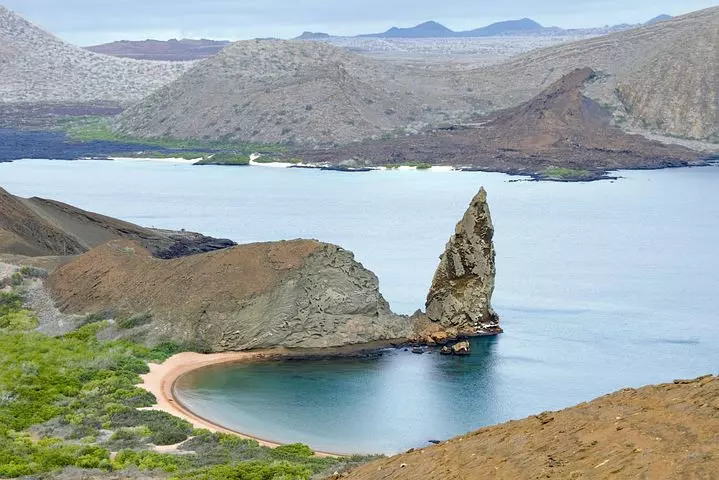Charles Darwin was a young naturalist when he visited the Galapagos Islands in the early 1800s. For several weeks he explored the islands taking notes and collecting specimens, especially birds. Darwin noticed that a number of the islands had one or maybe two species of finches and that those species had developed their unique traits there, adapting to the specific conditions on each island rather than arriving in their present form from somewhere else.
Darwin was correct when he observed different variations within a created kind. His findings were based on observations in the present.
What was the most intriguing was the different beak sizes among the different species. And the fact that the beak sizes would change over the generations of finches due to food changes because of droughts or excessive rain. What Darwin saw was natural selection at work producing slight changes to a species to help it survive in a given environment.
Here is where Darwin was wrong.
He thought that what he saw in natural selection, slight changes within species would change species to a completely different kind of animal over long periods of time. Darwin’s assumptions in the case of the finches are often shown in science textbooks as an example of evolution in action, or the same process that brought about small-scale changes in finches, if given enough time, can bring about large-scale changes that result in a completely different kind of animal.
If Darwin knew anything about information in the DNA and that you cannot add information to the DNA that evolution requires (fish adding information in the DNA to grow legs to evolve into a land animal), then he would not even have thought about one animal evolving into another animal. No matter how much time you have, information cannot be added to DNA. Darwin needed to stay with his observation on finches’ beaks and attribute that to natural selection, something that is seen.





